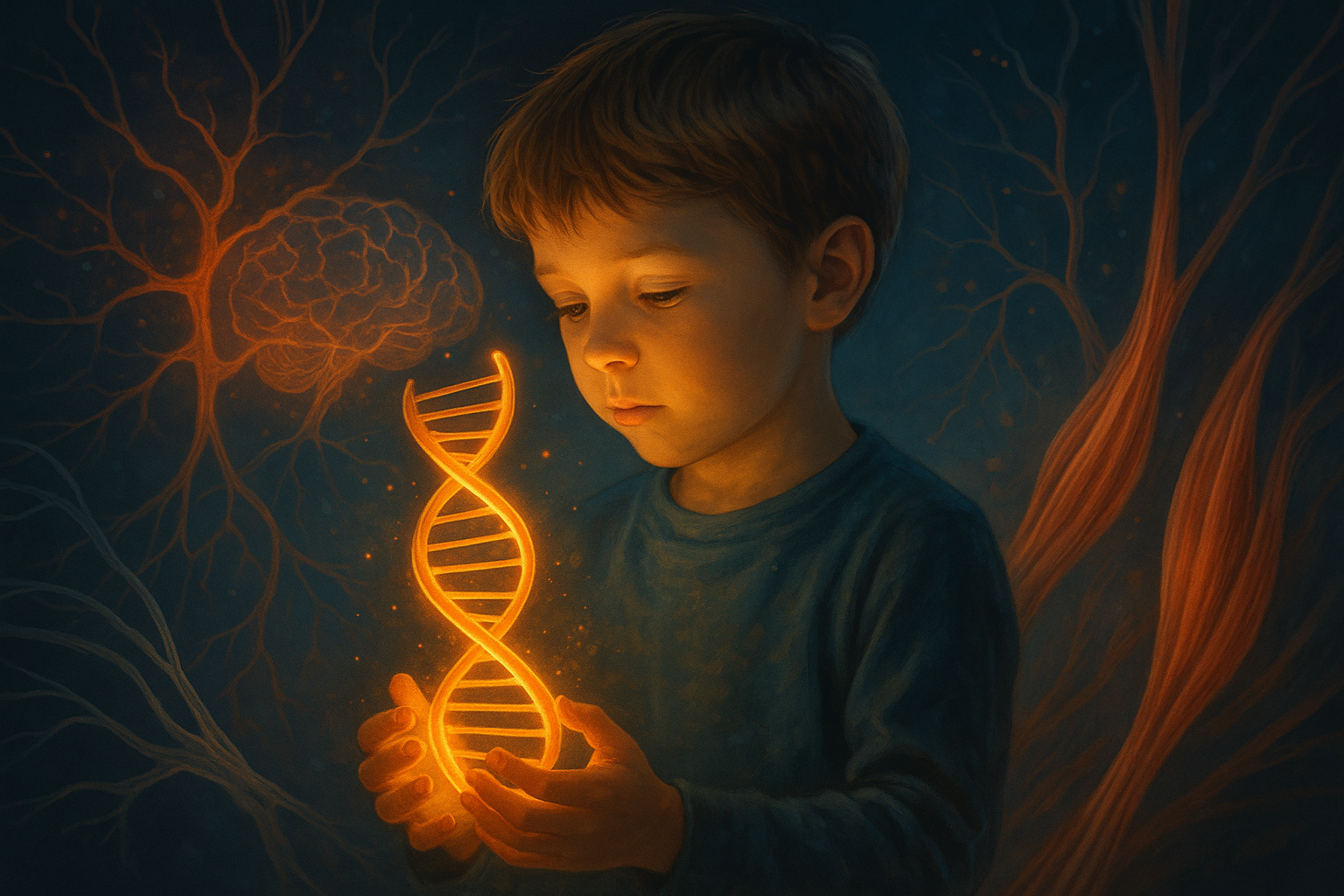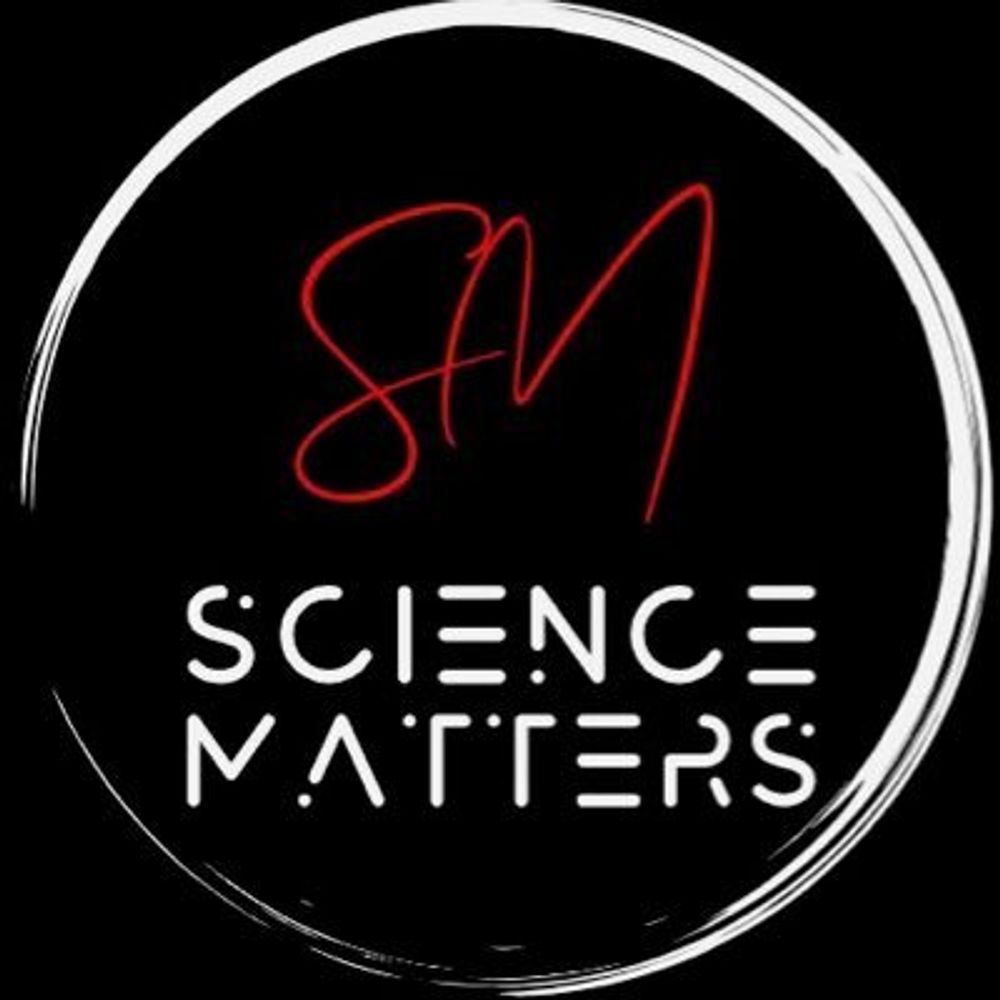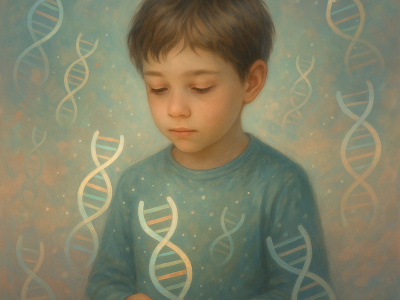At the heart of this discovery lies a process called RNA splicing, a cellular editing mechanism that ensures genes produce functional proteins. Imagine a film editor cutting out unnecessary scenes to create a coherent movie—similarly, splicing removes non-coding regions (introns) from RNA strands, stitching together coding regions (exons) to form precise instructions for protein synthesis. When splicing goes awry, the resulting “misfiled” RNA can lead to dysfunctional proteins, disrupting everything from muscle contraction to brain signaling.
The study reveals that toxic RNA strands in myotonic dystrophy type 1 (DM1) hijack splicing regulators called MBNL proteins, critical for brain development. These proteins are sequestered by expanded CUG repeats in the DMPK gene, leaving hundreds of autism-related genes vulnerable to mis-splicing. Among the most affected are SCN2A, which regulates sodium channels critical for neuronal communication, and ANK2, responsible for stabilizing connections between neurons. When MBNL proteins are depleted, these genes produce immature protein isoforms akin to those seen in fetal brains, impairing neural circuit formation.
Mouse models mirror human symptoms
To validate their findings, the team studied two mouse models: one carrying the human DMPK gene with expanded CTG repeats (Dmpk-CTG<sup>exp</sup>), and another genetically engineered to lack MBNL2 proteins (Mbnl2 KO). Both models exhibited hallmark autism traits—social avoidance, repetitive behaviors, and reduced interest in novelty—mimicking symptoms seen in children with DM1.
In a three-chamber sociability test, healthy mice spent 70% more time interacting with a novel mouse than an object. In stark contrast, Dmpk-CTG<sup>exp</sup> and Mbnl2 KO mice showed no preference, wandering aimlessly between chambers. Free interaction tests revealed further deficits: mutant mice engaged in shorter, more abrupt social encounters, often retreating after initial contact. These behaviors mirror the social communication challenges seen in autism, providing a direct link between MBNL dysfunction and behavioral outcomes.
Notably, mis-splicing severity correlated with CTG repeat length. Mice with longer repeats showed greater disruption in genes like SHANK3, pivotal for synaptic function, underscoring how genetic “typos” amplify neurological effects.
It’s like removing the conductor from an orchestra. Without MBNL proteins directing the splicing process, the genetic ‘music’ becomes chaotic, leading to developmental roadblocks.
-Dr. Ryan Yuen
Synergy between splicing regulators
The study also uncovered an unexpected partnership between MBNL proteins and another splicing factor, SRRM4. While MBNL proteins bind downstream of microexons to promote their inclusion, SRRM4 binds upstream sequences. Together, they act as co-conductors ensuring precise splicing of autism-related genes.
For example, the ANK2 microexon—a 12-nucleotide segment crucial for protein interactions—requires both MBNL and SRRM4 for proper inclusion. Depleting either protein in mouse neurons led to a 40% reduction in ANK2’s functional isoform. “These proteins don’t work in isolation,” says Dr. Mahreen Khan, a co-first author. “Their synergy is essential for maintaining the brain’s intricate wiring.”
This partnership extends to other genes: 41% of mis-spliced microexons in DM1 brains showed overlapping regulation by MBNL and SRRM4. However, their interaction isn’t always harmonious. In some cases, SRRM4 loss counteracted MBNL-driven splicing errors, highlighting the complexity of RNA regulation.
Implications for autism beyond DM1
Though DM1 is rare, its genetic overlap with autism offers broader insights. The study identified 55 genes mis-spliced in both DM1 and idiopathic autism, including NRXN1 and SHANK2, which are linked to synaptic plasticity. This suggests that diverse genetic mutations may converge on shared splicing pathways, offering unified therapeutic targets.
Notably, 17% of autism cases involve mis-spliced neuronal microexons, many regulated by MBNL proteins. “This isn’t just about DM1,” emphasizes Dr. Łukasz Sznajder. “We’ve uncovered a universal mechanism that could explain splicing errors in a subset of autism cases unrelated to muscle disorders.”
Therapeutic horizons: From molecules to medicines
The research team is optimistic about translating their findings into treatments. In Huntington’s disease, small molecules that shrink toxic RNA repeats have shown promise in early trials. Similar approaches could “release” sequestered MBNL proteins in DM1, restoring normal splicing.
One candidate, tideglusib—a compound tested in Alzheimer’s trials—reduces CUG repeat toxicity in cell models. A 2023 clinical trial reported improved social communication in DM1 children treated with tideglusib, though larger studies are needed. Antisense oligonucleotides (ASOs), which degrade mutant RNA, are another avenue.
“The goal is to repair the genome’s ‘software’ errors without altering its ‘hardware,’” says Dr. Christopher Pearson, a co-author. “If we can reverse mis-splicing, we might mitigate symptoms or even prevent autism in high-risk individuals.”
A call for collaborative science
As autism rates rise—1 in 36 U.S. children are now diagnosed—the study underscores the urgency of biological research over speculative debates. While environmental factors like pollution are often scrutinized, this work shifts focus to tractable genetic pathways.
“Every rare disease teaches us something about common conditions,” says Dr. Rochelle Hines, a UNLV neuroscientist. “By studying DM1, we’ve cracked open a window into autism’s molecular landscape—now we need to explore it fully.”
If a muscle disorder can illuminate autism’s secrets, what other rare diseases hold clues to neurodevelopmental mysteries? Share this article to fuel the conversation, and follow The Science Matters for updates on how genetics is rewriting our understanding of the mind.



